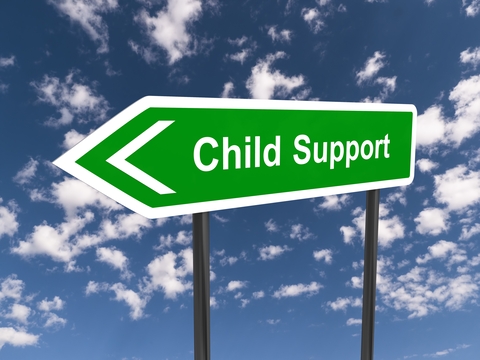
Key topics
Child support/maintenance
FAQs
What are Child Maintenance payments supposed to cover?
On the child maintenance front, payments are made based on an overall assessment of how much needs to be contributed by the paying parent, rather than for specific purposes.
The person paying has no control over what the money is spent on. Once payment of the assessed amount has been made there is no obligation on the paying parent to contribute any more money, but it also doesn’t stop the paying parent from contributing more voluntarily. Often people do this to keep things sweet or when unexpected expenses are incurred. If both parents are struggling financially this will be difficult, but it is worth trying to keep on good terms if possible.
How does the Child Maintenance Service decide on equal shared care?
When both parents are looking after their children for equal amounts of time neither of them should be assessed by the Child Maintenance Service (CMS) to pay maintenance. Equal care is not just equal numbers of overnights – it relates to day-to-day care. If there is a dispute about whether maintenance should be due, the CMS sometimes wrongly presumes that the parent who receives child benefit should receiving maintenance. But according to an Upper Tribunal Decision evidence provided about the equality of day-to-day care by both parents can be used to decide neither parent pays maintenance even when one of them is in receipt of child benefit. See also this decision and this decision
When do I stop paying maintenance for my child?
A maintenance calculation stops when a child aged 16 or over leaves non-advanced education or becomes too old to be counted as a child. Non-advanced education is up to Higher, Advanced Higher or SVQ level 3 and below.
Young people aged from 16 to 19 qualify for child support if they are still in full-time non-advanced education – more than 12 hours of weekly contact time. After leaving school or college a young person still counts as being in full-time education until child benefit stops being paid.
Parents also have an obligation to support children up to age 25 if they are “reasonably and appropriately undergoing instruction at an educational establishment, or training for employment or for a trade, profession or vocation”. The amounts to be paid aren’t subject to a formula like child support, and both parents are liable. The young person would have to raise a court action to enforce payment.
How can I prove equal care to the CMS?
If day-to-day care of children is shared equally between parents then neither parent is treated as “non-resident” and so there is no liability for child support to be paid. The Child Maintenance Service (CMS) will accept a shared care court order or written agreement as proof of equal care. If you don’t have either you can submit a summary of care arrangements over the past year.
For equal care the CMS has to consider overall care arrangements, not simply overnights, This Upper Tribunal case decision has more detail on this. See also our Notes from CMS training.
Can child maintenance be recalculated if your income changes?
An assessment of child maintenance remains in place for 12 months unless income has increased or decreased by at least 25%. If your income change is 25% or more, request a revision or supersession. Lesser changes will be included in the annual recalculation.
Other changes such as an increase in the number of nights that a child stays with you above the 52, 104 or 156 night thresholds in the past year, becoming responsible for a child in a new family or a 16-19 year old child leaving full-time, non-advanced education will reduce maintenance liability. Further details can be found here or by contacting Child Maintenance Options.
How is child maintenance calculated?
If separated parents cannot agree on the amount of money that has to be paid to the parent who has the majority of care of the children then the Child Maintenance Service formula is used.
This calculation is based on the income of the paying parent and the number of children that have to be supported. Factors such as the number of nights the children spend with the other parent and whether that parent is also responsible for maintaining other children. Further details can be found here or by contacting Child Maintenance Options
My name isn’t on the birth certificate of my child, how can I deal with this?
If possible, try to persuade the mother to add your name. There are forms for you and her to fill in and this adds your name to the birth certificate. See https://www.nrscotland.gov.uk/registration/re-registration-of-birth-or-stillbirth for more details.
If she doesn’t agree to do this, you can raise it in court at the same time as obtaining a contact order. If she disputes that you are the father you can ask for a DNA test – do this via the Child Maintenance Service if you are being asked to pay maintenance.
